Tijuana, Baja California’s reforestation as a reduction of natural hazards mechanism
The physical setting the city of Tijuana is currently settled on displays certain characteristics that make its environmental set of problems quite a complex one. This is a zone that is vulnerable to floodings. Due to its geological formation potential landslides are ever present and ever increasing...
Guardado en:
| Autores principales: | , |
|---|---|
| 格式: | Online |
| 语言: | spa |
| 出版: |
Universidad Autónoma de Baja California
2000
|
| 在线阅读: | https://ref.uabc.mx/ojs/index.php/ref/article/view/288 |
| 标签: |
添加标签
没有标签, 成为第一个标记此记录!
|
| 总结: | The physical setting the city of Tijuana is currently settled on displays certain characteristics that make its environmental set of problems quite a complex one. This is a zone that is vulnerable to floodings. Due to its geological formation potential landslides are ever present and ever increasing since, from the seismic standpoint, this is a critical zone as well. Furthermore, the city’s surrounding vegetation has evolved in such a way that it has adapted to frequent natural fires; it thus needs such fires for its permanence. The urban style of development as well as the the limited notion of green areas in Tijuana has brought about an increase in the degree of risk to such types of natural disturbances. In fact, according to Tijuana’s XIV Municipal Authorities (Ayuntamiento), 40% of the city’s population lives in high risk zones. Due to the aforementioned, a strategy for urban forestation mainly oriented towards the hillsides is proposed. The aim is to create a network of green areas so as to diminish the risks the population may be exposed to on account of floodings, landslides or landslips, while simultaneously preserving the natural flows and reducing the current deficit of green areas. |
|---|

 @UABCInstitucional
@UABCInstitucional UABC_Oficial
UABC_Oficial @UABC_Oficial
@UABC_Oficial